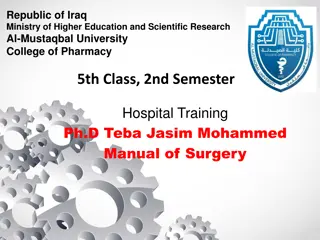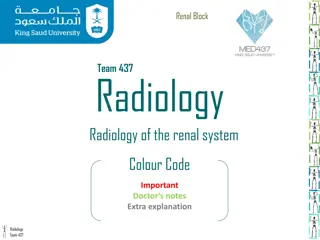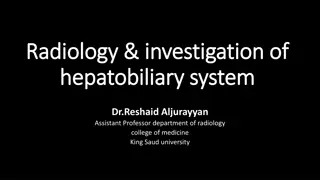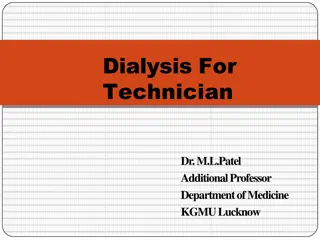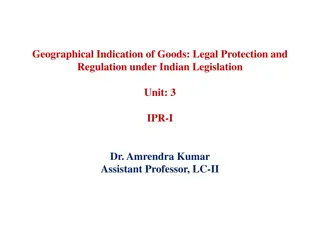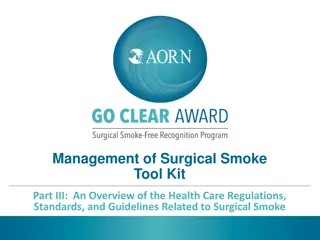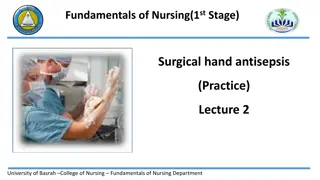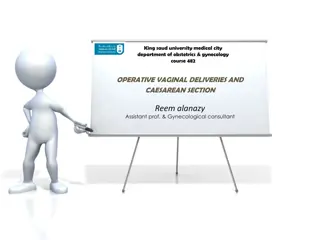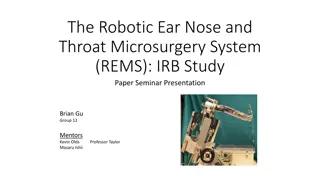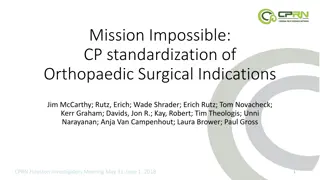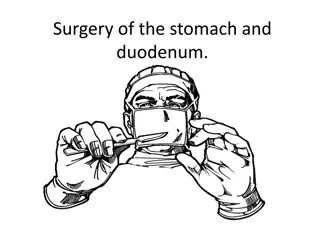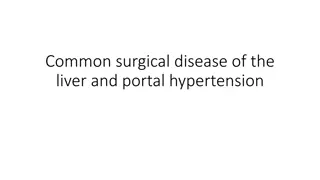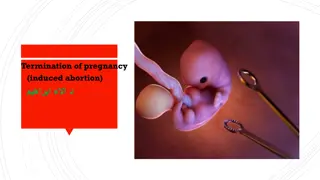Conventional Surgical Options for BPH: Indications and Modalities
General indications and modalities of surgical treatment for benign prostatic hyperplasia (BPH) are discussed. Surgical techniques such as open prostatectomy, laser prostatectomy, and minimally invasive treatments like intraprostatic stents are explored. Factors influencing the choice of surgical technique, as well as potential outcomes and complications of different modalities, are highlighted to aid in decision-making for BPH management.
Download Presentation

Please find below an Image/Link to download the presentation.
The content on the website is provided AS IS for your information and personal use only. It may not be sold, licensed, or shared on other websites without obtaining consent from the author.If you encounter any issues during the download, it is possible that the publisher has removed the file from their server.
You are allowed to download the files provided on this website for personal or commercial use, subject to the condition that they are used lawfully. All files are the property of their respective owners.
The content on the website is provided AS IS for your information and personal use only. It may not be sold, licensed, or shared on other websites without obtaining consent from the author.
E N D
Presentation Transcript
Describe the conventional surgical options for BPH: Indications Choice of surgery outcome
General indications of surgical treatment: Relative indication: Patients have not obtained adequate relief from LUTS or PVR using conservative or medical treatments. Absolute indications: Refractory urinary retention, Overflow incontinence, Recurrent UTIs, Bladder stones or diverticula, Treatment-resistant macroscopic haematuria due to BPH, or Dilatation of the upper urinary tract due to BPH, with or without renal insufficiency.
Modalities of surgical treatment: Minimally Invasive treatment: * Intraprostatic Stents * Prostatic urethral lift * Transurethral Needle Ablation of the Prostate * Transurethral Microwave Therapy * Transurethral Incision of the Prostate Laser prostatectomy Holmium laser enucleation and holmium laser resection of the prostate Greenlight laser vaporisation of prostate Diode laser vaporisation of the prostate Thulium:yttrium-aluminium-garnet laser (Tm:YAG) Transurethral Resection of the Prostate Open Prostatectomy
The choice of surgical technique depends on Prostate size, Comorbidities of the patient, Ability to have anaesthesia, Patients preferences, Willingness to accept surgery-associated specific side-effects, Availability of the surgical facilities, Experience of the surgeon with these surgical techniques.
Outcome of different modalities: Efficacy Qmax improvement Reduction in IPSS QoL score PVR Need for second prostatic operation Complications TUR-syndrome Bleeding requiring transfusion clot retention Long-term complications comprise oUrinary incontinence, obladder neck contracture (BNC), ourethral stricture, oretrograde ejaculation oED
Transurethral resection of the prostate and transurethral incision of the prostate Efficacy: *Qmax improvement, *Significant reduction in IPSS, *Improve QoL score, and *Decrease PVR *Re-operation was more common after TUIP (18.4%) than after TURP (7.2%).
Complications *The risk of TUR-syndrome decreased to < 1.1% . No case has been recorded after TUIP. *Bleeding requiring transfusion in 2.9% . The risk after TUIP is negligible. *Clot retention: more in TURP and *Long-term complications: * Urinary incontinence (1.8% after TUIP vs. 2.2% after TURP), * bladder neck contracture (BNC) (4.7% after TURP), * urethral stricture (3.8% after TURP vs. 4.1% after TUIP), * retrograde ejaculation (65.4% after TURP vs. 18.2% after TUIP), and * ED (6.5% after TURP).
Bipolar TURP Efficacy: * No clinically relevant differences exist in efficacy. Complications: *B-TURP is preferable due to a more favourable peri operative safety profile: elimination of TUR-syndrome; lower clot retention rates; lower blood transfusion rates Shorter irrigation, catheterisation,and hospitalisation times Higher stricture (urethral stricture+BNC) rate Similar effect on erectile function.
Open prostatectomy Efficacy: *reduces LUTS by 63-86% , *improves QoL score by 60-87%, *increases mean Qmax by 75%, and *reduces PVR by 86-98%. Complication *The estimated transfusion rate is about 7-14%. *Long-term complications include: *Transient urinary incontinence (up to 10%), *BNC and urethral stricture (about 6%). *Holmium laser enucleation of the prostate (HoLEP) lead to similar outcomes compared to OP in men with large glands at a significantly lower complication rate.
Transurethral microwave therapy (TUMT) Efficacy: * TUMT has comparable effect with TURP in improving: Symptom score Qmax * TUMT patients were more likely than TURP patients to require retreatment for symptoms. Complications: *TURP is better than TUMT in: Less catheterisation time, Less dysuria/urgency and Less Urinary retention rates More effective in median lobe enlargement More durabie *TUMT is better than TURP in: Less hospitalisation time, haematuria, clot retention, transfusion, TUR-syndrome, sexual dysfunction
Transurethral needle ablation of the prostate Efficacy: *TUNA improvements were significantly lower at 12 months. *The overall re-treatment rate after TUNA seen with TURP. significantly improved IPSS and Qmax, but compared to TURP these is considerably higher than that Complication: Generally, TUNA including *mild haematuria, *urinary infections, *strictures, *incontinence, *ED, and *ejaculation disorders. is associated with fewer adverse events compared to TURP,


